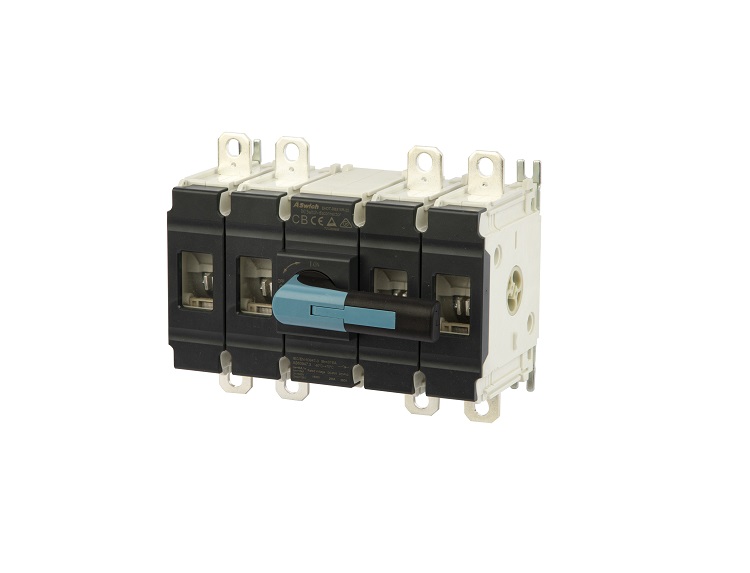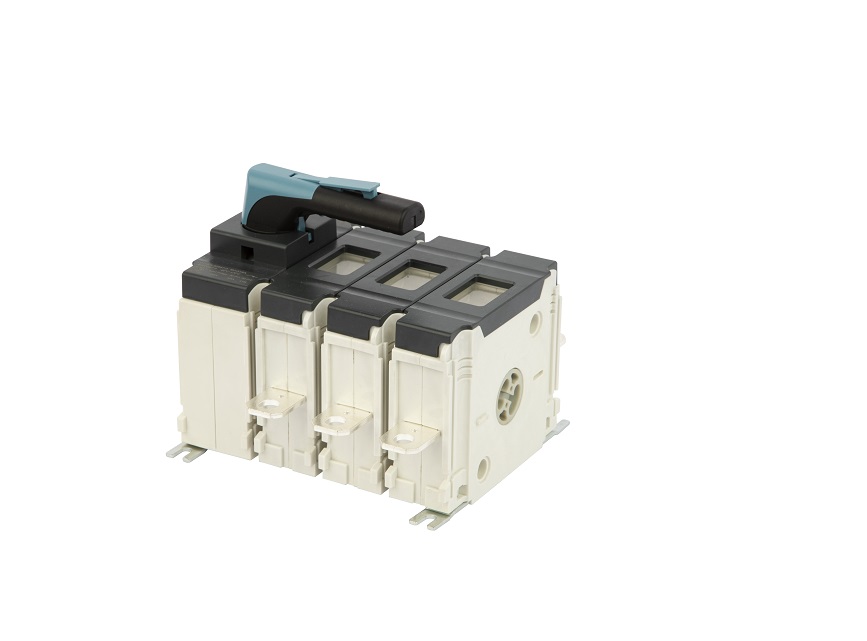what are they for A load break switch?

Load break switches are devices used to open an electrical circuit by isolating the source from the consumer. Whether they are manual, motorised or with a trip function, these devices ensure the on-load making, breaking and safety disconnection of low-voltage electrical circuits. Easy to assemble and easy to use, they are suitable for structures evolving in the industrial sector, public distribution, as well as emergency switching, distribution panels and motor feeders.
Disconnect switches can be supplied with equipment to provide a limited load switching capability. Arcing horns, whips, and spring actuators are typical at lower voltages.
These switches are used to de-energize or energize a circuit that possesses some limited amount of magnetic or , such as transformer exciting current or line charging currents.
An air switch can be modified to include a series interrupter (typically ) for higher voltage and current interrupting levels.
These interrupters increase the load break capability of the disconnect switch and can be applied for switching load or fault currents of the associated equipment.

What Are The Advantages Of Load Break Switch?
Cheaper As Compared To 2 Pole Structure
Regardless of the technology used in a load break switch, its installation and acquisition cost is far lower than a 2-pole structure. However, its price depends on the power source, IP rating, voltage/power, frequency, and current rating. The LBS’s convenient use and reasonable prices make it widely used in distribution network systems of about 10kV.
Safer
A load break switch is mainly used to close and break the load current and can be used with a high-voltage fuse instead of a circuit breaker. The reasonable selection of load balancing switch in the design dramatically helps ensure safety and reliability. As a result, the dangers associated with tripping circuit breakers are eliminated, providing a safer power grid operation.
Provided With Fuse Protection
Load break switches also feature HRC fuses for transformer protection, ensuring more safety and reliable operation. However, you also can use a vacuum circuit breaker, although it is a bit costlier and more reliable.
In addition, the transmission lines are protected from overheating, leading to fires, while the appliances like transformers are protected from the damages that might be caused by short-circuiting or catching fires.
Turning The Power Supply On & Off Is Easy
Load break switches usually feature a spring mechanism for switching the power supply on or off. This makes the process of turning the power supply on or off easier.

Difference Between Load Break Switch and Isolating Switch?
Isolating Switches
Also called a disconnector, an isolating switch is a mechanical device that fulfills the specified requirements for IEC 60947-1 (isolation function). Here, the critical factor is the opening distance. The isolation should be guaranteed between poles and from output to input. This is by means of an isolation gap that is visible or some design features inside the device.
The device should also feature an indicator device that shows the position of the movable contacts that must be securely linked to the actuator. According to IEC 60947-3, the isolator should only break and make a circuit if a negligibly sized current is switched off or on, or if there isn’t any noticeable difference of voltages between terminals of each pole.
It can conduct operational currents in normal conditions and larger currents under abnormal conditions for a specific time. The requirements under IEC 60947-3 can be achieved through fuse connectors, disconnectors, switch disconnectors, and circuit breakers having isolating functions.
Aswich Load break switches for all your applications:Machine control, power distribution and photovoltaic installations.
Operating in the electrical breaking technology market since 1988, Aswich is both a global leader and unrivalled benchmark.
Our range of load break switches is currently one of the widest on the market.
